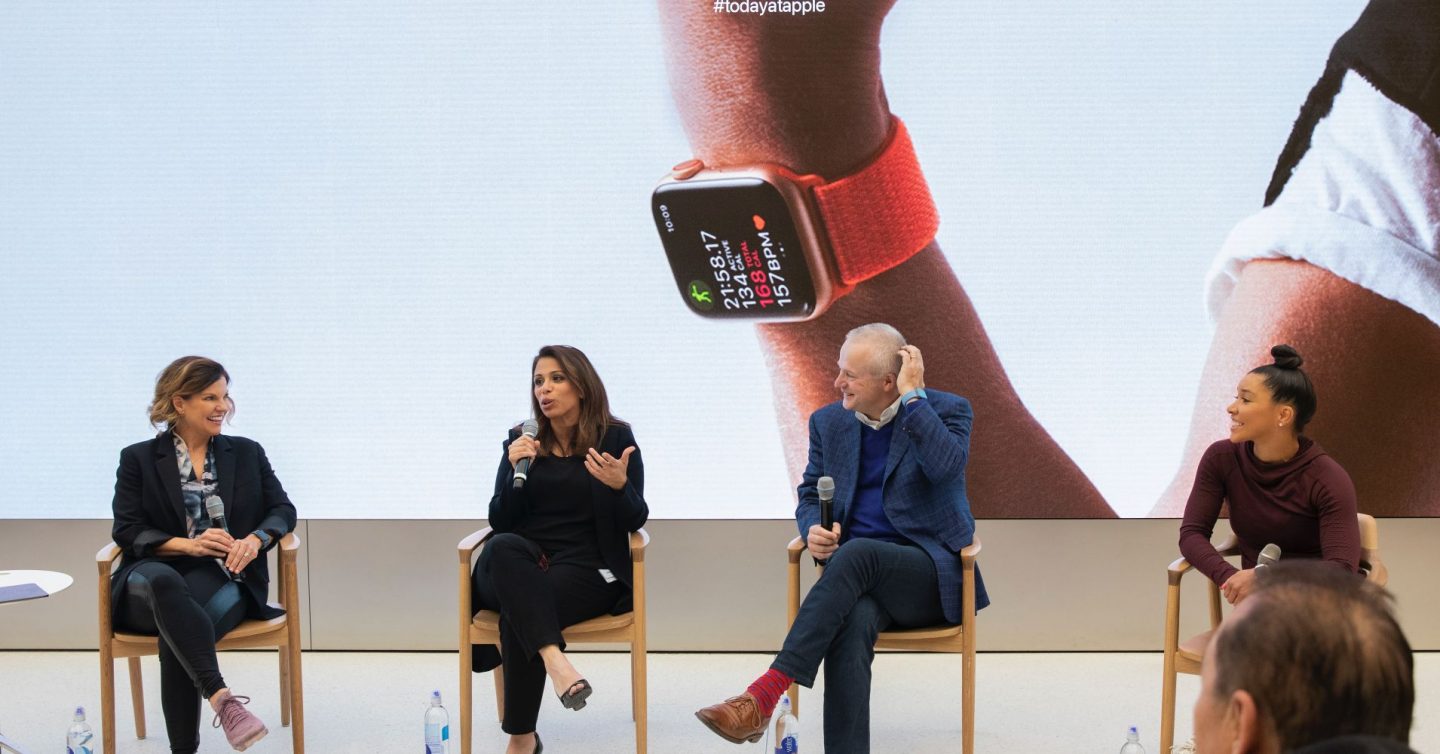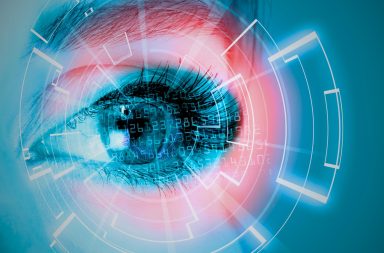It’s fair to say that Apple isn’t just dipping its toe into healthcare anymore. This past year the company announced its first two FDA clearances including a De Novo clearance for a built-in Apple Watch ECG feature that went live in December. It also announced numerous hospital partners for Apple’s Health Records initiative, including, most recently, the Department of Veterans Affairs. And in interviews, CEO Tim Cook hasn’t downplayed Apple’s health efforts. On the contrary, in January he told Mad Money’s Jim Cramer
I do think, looking back, in the future, [you’ll say] Apple’s most-important contribution to mankind has been in health.
MobiHealthNews had the opportunity this week to sit down with one of the top Cupertino executives involved in making this big move into healthcare happen: Dr. Sumbul Desai, Apple’s VP of Health (and an actively practicing physician) who joined the company back in 2017. While Desai wouldn’t tell us about Apple’s future plans, she did talk a lot about how the different pieces of the tech giant’s healthcare strategy fit together, who they build their health products for, and the company’s much-speculated-on relationship with the FDA.
I think the [Apple Watch] ECG is the big thing people are talking about and excited about. When it was first announced, there was some pushback from doctors thinking ‘Are we going to get all of these people off the street who think they have a-fib and they don’t?’ or ‘Is everyone having an ECG on their wrist going to be a good thing or a bad thing?’ And I feel like it’s been long enough that we can start to see, has that happened? Or on the other hand, have we caught a lot of a-fib that we otherwise wouldn’t have caught?
Desai: I would preface by saying that it’s anecdotal.
Listen, as a doc I’m cynical too. It’s part of the DNA of being a physician — we [tend to worry] about a lot of things. …
We were very concerned about ‘What is the impact this is going to have on the medical community?’ Because we don’t want to add to the burden. I mean, many of us are physicians and we still see patients. So this isn’t a group of doctors who don’t actually practice anymore. So we were very thoughtful about that.
The feedback has been pretty decent so far. I’ve heard some cardiologists say ‘Yep, I started getting ECGs mailed to me right away.’ And their biggest frustration isn’t around so much getting the ECG, because they’ve found that helpful, but it’s that the health systems are still figuring out the right way to handle that type of incoming.
But the customer stories have actually been really amazing. We’ve gotten a number of letters to Tim where we have customers saying ‘I took an ECG. I found this issue of atrial fibrillation. I went into the emergency room. They confirmed my ECG was indeed atrial fibrillation and I had X, Y, Z happen and my physician told me that had I not come in at that time I actually could have had a worse outcome or it could have been serious.’
So that idea of doctors saying maybe their health system doesn’t know exactly what to do with the data, … that’s a nice segue into the other thing I wanted to ask about, which is Health Records. I think on the consumer side, the ECG is the thing everyone’s excited about but when I talk to doctors, Health Records is where they see the real change that Apple is inspiring happening. So how do those two pieces fit together?
Desai: How the two fit together is we think that empowering a customer and really democratizing the information for a customer to use and a patient to use so that they can engage in their health more effectively is really what we’re trying to do. So both of those features do that. By putting the ECG in someone’s hand and having the PDF [file] that’s designed for the physician so it’s not a whole different way of looking at things, [it] is really a way for you to engage with your physician in a different way.
Similarly with Health Records – and we’re really proud of what the team has done with the VA recently as well – Health Records now allows you to have all of your records, if you go to different systems in particular, in one place.
And I will tell you, as a physician I’ll see patients in the ER … and a lot of times the questions we ask are ‘What kind of medications are you on?’ … So now to have an area where I can look at all of that is very helpful.
We’re very early in that journey … but there’s a lot of potential there and we’re really excited about what we can do. And we’re really excited that the medical community is excited about it.



